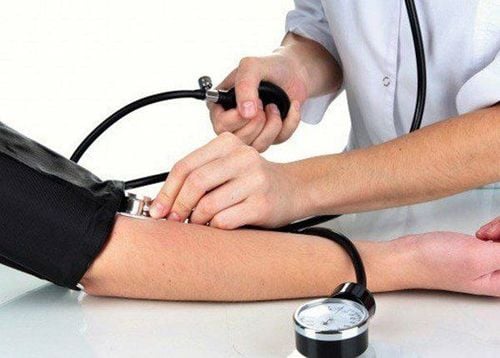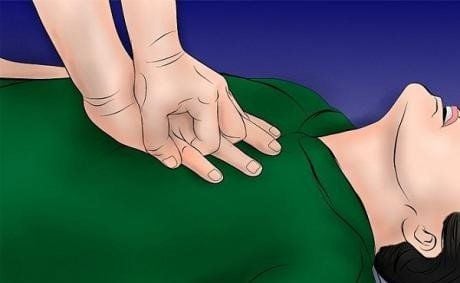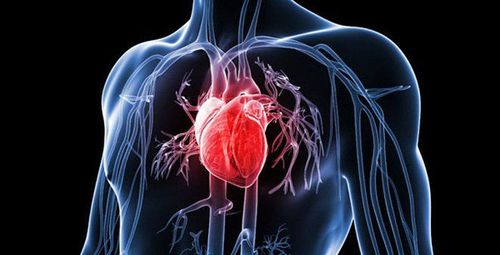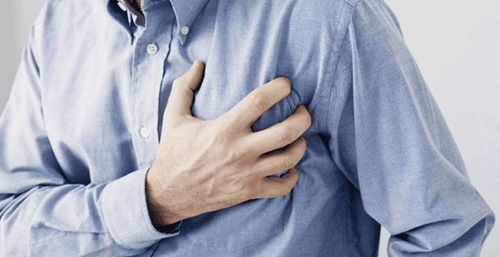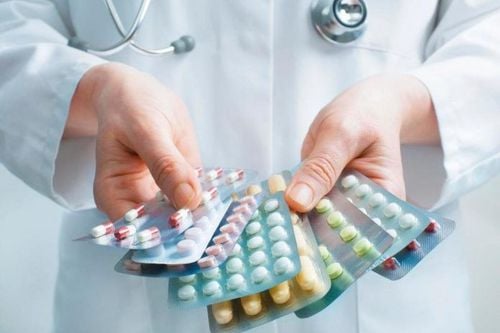This is an automatically translated article.
Vasopressors in cardiovascular emergency help restore tissue perfusion, enhance tissue oxygenation in patients in shock; raised mean blood pressure to increase cardiac index and volume without affecting oxygen consumption and metabolic acidosis.
1. Purpose of vasopressors in cardiovascular emergency
The purposes of vasopressors in cardiovascular emergencies include:
Restore tissue perfusion and enhance tissue oxygenation in patients in shock. Raise blood pressure to average thereby enhancing visceral perfusion and preserving cardiac output for visceral perfusion. An average blood pressure of 65-85 mmHg increases cardiac index and stroke volume without affecting oxygen consumption and metabolic acidosis.
2. The role of vasopressors in cardiovascular emergency
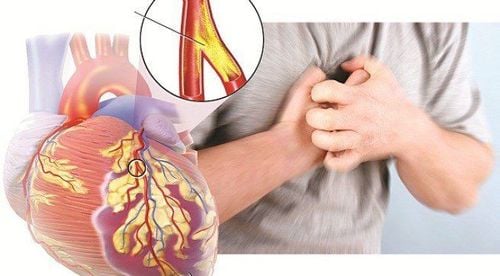
Sốc tim có thể khiến người bệnh tử vong
2.1. Cardiogenic shock due to myocardial infarction Vasopressors in cardiovascular emergencies are routinely used in patients with myocardial infarction complicated by cardiogenic shock:
Use dobutamine immediately in patients with systolic blood pressure of 70-100 mmHg even when the patient has no symptoms and signs of shock. Dopamine is used when systolic blood pressure is 70-100 mmHg accompanied by signs of shock. The combination of dobutamine and dopamine at a dose of 7.5 μg/kg/min has been shown to enhance hemodynamic effects and reduce events more than a dose of 15 μg/kg/min. When using dopamine or when combining dobutamine with dopamine and systolic blood pressure <70 mmHg ==> should be used in combination with norepinephrine. Norepinephrine is more effective than epinephrine (because epinephrine can cause metabolic acidosis and promote hypercoagulability in the coronary arteries.A combination of drugs at moderate doses is more effective than increasing the maximum dose of the drug. a single vasopressor.In the early stages of shock, endogenous vasopressin levels are elevated to help maintain target organ perfusion.As shock progresses, vasopressin levels gradually decrease, resulting in a decrease in vascular tone and blood pressure. Vaspressine may be effective in norepinephrine-resistant shock by improving mean blood pressure, cardiac index, left ventricular ejection fraction, and reducing the need for norepinephrine (limiting toxicity) Cardiac muscle and cardiac arrhythmias.) Vasoactive dose Adrenaline : Lowers gastric mucosal pH, decreases visceral blood flow, increases hepatic venous blood lactate.
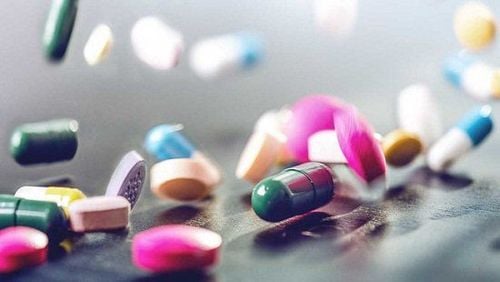
Thuốc vận mạch được sử dụng với bệnh nhân suy tim cấp
2.2. Heart failure Use of vasopressors in patients with acute heart failure:
Inotropes should only be used in patients with low systolic blood pressure or low cardiac index (CI) associated with symptoms of tissue hypoperfusion. (cold, damp, impaired renal function, impaired liver function or psychosis) or congestive. Consider use in patients with dilated ventricles or regional movement disorders. If inotropic agents are indicated, they should be administered as soon as possible and discontinued as soon as signs of tissue perfusion have recovered or congestion has subsided. Dobutamine should be given as an initial dose of 2 - 3 μg/kg/min intravenously (IIa B). Dopamine should be started at ≤ 2 - 3 μg/kg/min intravenously (diuretic) (IIa B). Use of vasopressors in patients with acute decompensated heart failure:
Inotropes are used in patients with acute decompensated heart failure to reduce end-diastolic pressure and improve urine output. The use of vasodilators (nitroprusside) and inotropic agents with peripheral vasodilating effects ==> improves hemodynamic parameters and clinical symptoms. Use of vasopressors in patients with chronic heart failure:
Use of inotropes has been shown to increase the risk of death in patients with chronic heart failure. Increased influx of calcium into cells causes gene expression to increase the risk of cardiomyocyte death + ventricular arrhythmias. The ACC/AHA does not recommend routine use of intravenous inotropes in patients with end-stage heart failure (III). However, these inotropic agents are effective in reducing symptoms in patients with heart failure (IIb).

Trường hợp bệnh nhân bị cấp cứu ngừng tim chỉ định sử dụng thuốc vận mạch
2.3. Cardiac arrest emergency Inotropic agents and vasopressors in cardiovascular emergencies are indicated in emergency cardiac arrest. Epinephrine has inotropic and vasopressor effects that improve diastolic pressure in coronary perfusion and help restore myocardial contractility. Epinephrine also increases oxygen demand, ventricular arrhythmias, myocardial dysfunction after emergency cardiac arrest. The use of vasopressine in emergency cardiac arrest is very effective in improving cerebral perfusion and myocardial perfusion. The use of vasopressine in emergency cardiac arrest has also been shown to improve short-term mortality in patients with out-of-hospital ventricular fibrillation. The use of vasopressine in emergency cardiac arrest is recommended in patients with electromyography, pulseless ventricular tachycardia, or ventricular fibrillation. 2.4. Bradycardia Because of their potential to increase heart rate, beta-adrenergic stimulants have the potential to provide emergency treatment in patients with bradycardia who have not responded to atropine therapy. Drugs such as dobutamine, dopamine, or isoproterenol work to stabilize the patient while waiting for a temporary pacemaker. These drugs are also beneficial for patients with torsades de pointes. Isoproterenol also helps prevent the onset of ventricular fibrillation in patients with Brugada syndrome who have not yet received an automatic defibrillator.
3. Notes when using vasopressors in cardiovascular emergency
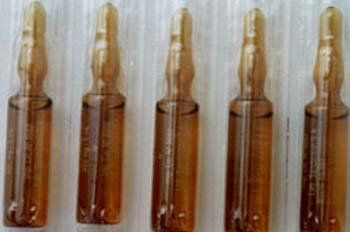
Bệnh nhân nhồi máu cơ tim nên sử dụng dopamine
Combinations of low-dose vasopressors are better than high-dose vasopressors because of reduced dose-related side effects. Low to moderate doses of vasopressine may decrease catecholamine levels and increase catecholamine sensitivity. In patients with myocardial infarction complicated by cardiogenic shock, dopamine or dobutamine is recommended when systolic blood pressure is 70-100 mmHg and norepinephrine when systolic blood pressure is <70 mmHg. Routine use of vasopressors is not recommended in patients with end-stage heart failure. To protect heart health in general and detect early signs of myocardial infarction and stroke, customers can sign up for the Cardiovascular Screening Package - Basic Cardiovascular Examination of Vinmec International General Hospital. The examination package helps to detect cardiovascular problems at the earliest through tests and modern imaging methods. The package is for all ages, genders and is especially essential for people with risk factors for cardiovascular disease.
Customers can directly go to Vinmec Health system nationwide to visit or contact the hotline here for support.
MORE
16 ways to reduce your risk of heart disease Systolic heart failure: What you need to know The stages of heart failure




